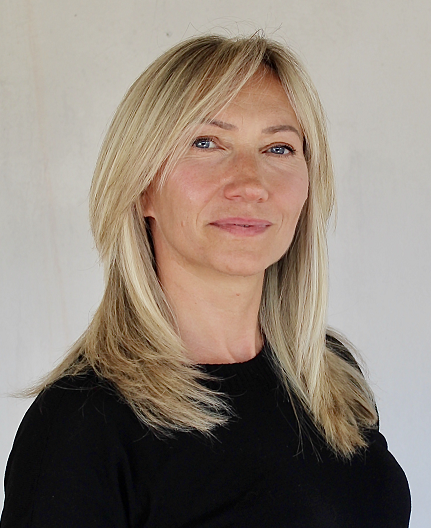Addressing old problems in new ways
In innovative work, led by Dr Olga Daneyko, we are investigating how effectively art works can be used to study facial expressions and emotions. In scientific experiments, static photographs of facial expressions have traditionally been used to test recognition and understanding of emotions. Recent psychological research on the representation of affective facial expressions in art suggests that a wider range of affective states can be found in the visual arts than those found in static photographs (Actis-Grosso & Zavagno, 2015).
Early Findings
Findings from a recent study conducted in collaboration with Italy, confirmed that emotions depicted in artwork are more nuanced, more intense, and more convincing than emotions depicted in standard databases that are usually used for experimental work.
Future work
Early findings hold promise for a new database of emotions using art stimuli to be used in studies of emotion recognition, and emotional understanding in diverse patient groups and neurotypical cohorts.
Recent studies in this area
Daneyko, O., Stucchi, N., & Zavagno, D. (2022). The Poggendorff illusion in Ruben’s Descent from the Cross in Antwerp: Does the illusion even matter? I-Perception, 13(5).
ZAVAGNO, Daniele, ACTIS-GROSSO, Rossana and DANEYKO, Olga (2022). Looking into Mona Lisa’s smiling eyes: allusion to an illusion. Frontiers in Human Neuroscience, 16.


